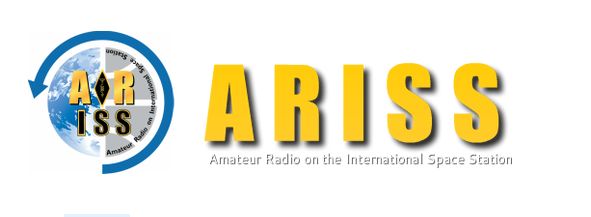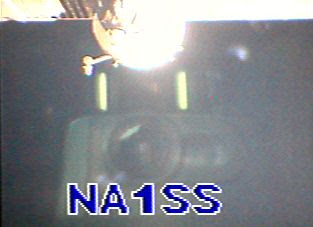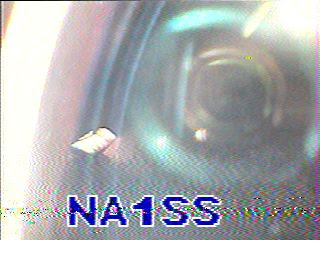In the previous post you can read all about the 2024 ARISS Series 21 SSTV Experiment. Click HERE
I wanted to submit two images that I downloaded from the ISS. When I entered my call sign I was amazed to find archived images that I submitted in 2008 and 2011. Now what makes this so special you would say?
No I did nothing special but there is a fair amount of history now involved in the images I downloaded in 2008 and 2011. Let's take a closer look.
ISS SSTV Images during the 2008 Richard Garriot 1 Mission:
In 2008 I downloaded 3 images from the ISS on the 17, 18, 19 October 2008 during the Richard Garriot 1 Mission.
Richard, the son of NASA astronaut Owen Garriott, became the second space traveler, to have a parent who was also a space traveler. On October 12, 2008, he flew aboard the Soyuz TMA-13 mission to the International Space Station as a space tourist (sixth private astronaut to live aboard the ISS), returning 12 days later aboard Soyuz TMA-12.
Richard is an avid explorer, having traveled around the globe from the jungles of the Amazon to the South Pole, the deep seas of the Titanic and hydrothermal vents to orbiting the earth aboard the International Space Station, and most recently to Challenger Deep, the deepest point in our Oceans. He currently serves as the President of the Explorers Club, the first explorer to have explored pole to pole, orbited the Earth, and reached the deepest point in the Ocean.
During his spaceflight, Garriott took part in several education outreach efforts. The free Metro newspaper in London provided him with a special edition containing details of British primary school students' space experiment concepts that Garriott took to the ISS. The Metro has claimed, as a result, that it was the first newspaper in space. He communicated with students and other Amateur Radio operators and transmitted photographs using the Amateur Radio on the International Space Station (ARISS) slow-scan television system, and placed a geocache while aboard the ISS.
Images I downloaded : Click on images for larger view.
Submitted by: Johan, ZS1I, Africa
Acquired: 2008-10-17 17:49:00
Mission: Richard Garriott 1
Submitted by: Johan, ZS1I, Africa
Acquired: 2008-10-18 18:16:00
Mission: Richard Garriott 1
Acquired: 2008-10-19 17:06:00
Mission: Richard Garriott 1
2011 ARISSAT-1 SSTV Images on the 50 th aniversary of Yuri Gagarin's first manned space flight:
In 2011 I downloaded 1 image from the ARISSAT-1 Satellite on the 7 August 2011. At the time of downloading the satellite was rotating less and the images were getting much cleaner. Here is the image I downloaded.
Submitted by: Johan Terblanche, ZS1I, Africa
Acquired: 2011-08-07 16:29:00
Mission: ARISSat-1_Aug_2011
Now what is interesting about this image?
On the 13 April 2011 it was reported that the ARISSat-1 satellite will be deployed in celebration of the 50th anniversary of Yuri Gagarin's first manned space flight. Roscosmos has announced that the satellite will be deployed into orbit during the next EVA in late July of this year (2011). ARISSat-1 was deployed at 1843 UTC by Sergey Volkov on the 3 August 2011.
ARISSat-1 is a new Amateur Radio satellite that was deployed from the International Space Station (ISS) during a space walk.
Amateurs were able to communicate through it’s linear transponder using SSB/CW and receive it’s FM, BPSK and CW downlinks. The FM downlink also transmitted Slow Scan TV that was received using the free MMSSTV software.
The amateur radio satellite ARISSat-1, fell silent on Wednesday, 4 January 2012, as it re-entered the Earth’s atmosphere."
I am privileged to have downloaded the above SSTV image from ARISSAT-1 with the call sign RS0IS.
Final Comments by Johan ZS1I:
Now why would one write an article about yourself and also about a experimental project that was undertaken in 2008 and 2011?
Mossel Bay
15 October 2024









